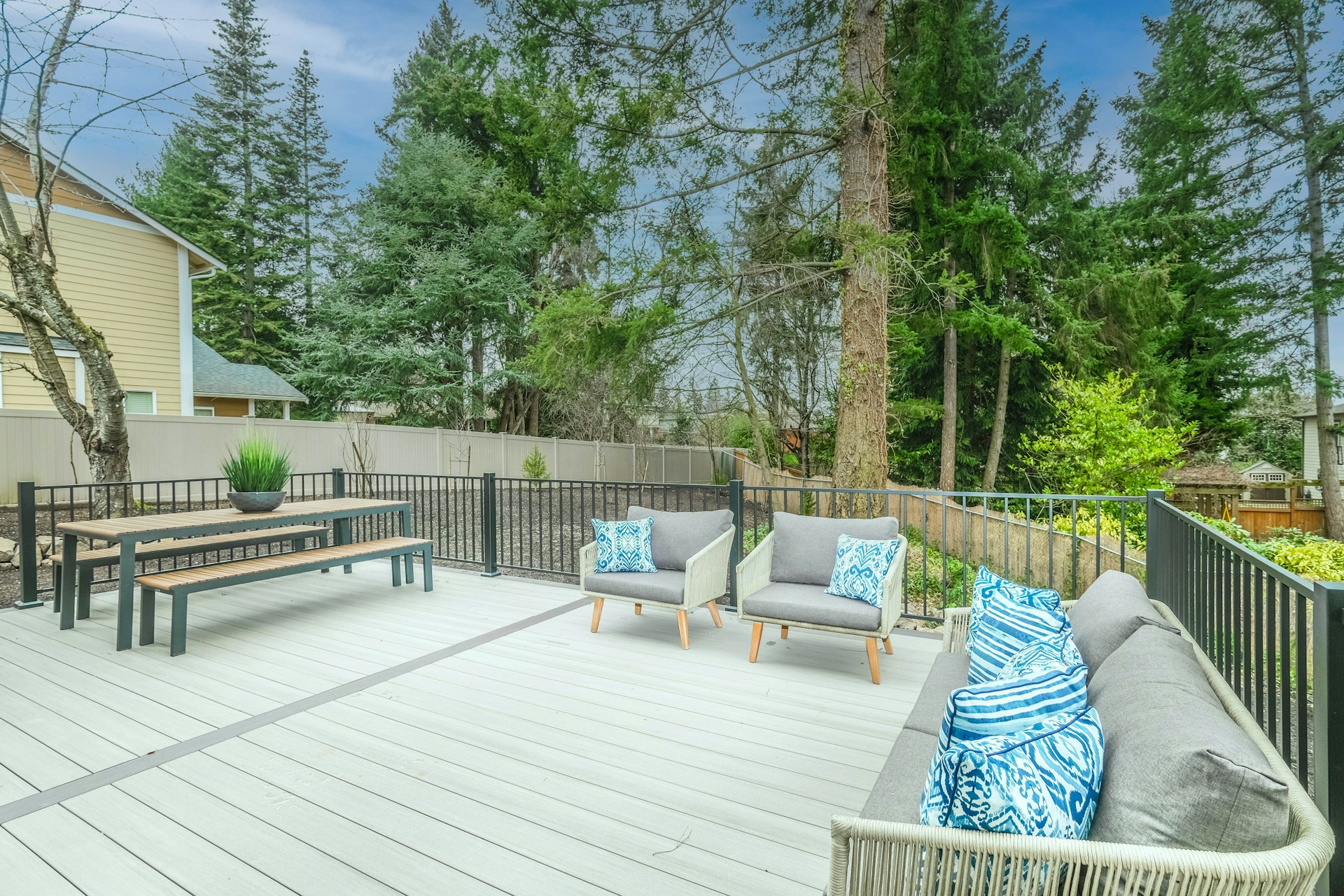PVC pipe furniture offers a unique blend of charm and durability, making it a popular choice for outdoor spaces. This type of furniture is not only versatile but also easy to maintain. However, like any outdoor furniture, it can face wear and tear over time. One of the common issues that users encounter is cracks in the PVC pipes, which can affect both the look and functionality of the furniture. Addressing these cracks without using special tools might sound challenging, but it’s entirely doable with a few readily available materials.
When your PVC pipe furniture develops cracks, it’s important to address these issues promptly. Ignoring them can lead to further damage and potentially make the furniture unsafe to use. Fortunately, you can tackle these problems efficiently with basic tools found around the house. Being proactive about such repairs not only extends the life of your furniture but also saves you the hassle and expense of replacement. Let’s explore how you can keep your PVC furniture looking great with minimal effort and cost.
Identifying Cracks in PVC Pipe Furniture
Spotting cracks in your PVC pipe furniture isn’t complicated, but it requires a keen eye and regular inspection. Paying attention to certain signs can help you catch a problem early before it worsens. Here’s what you need to know:
– Look for visible cracks or splits: These are often the most noticeable signs and tend to appear in high-stress areas, such as where parts of the furniture join.
– Feel for rough or uneven areas: Run your hand along the pipes to detect any rough spots which might indicate a crack.
– Listen for unusual sounds: When you move the furniture, listen for creaks or strains that weren’t there before. These noises might signal structural issues or emerging cracks.
Knowing where cracks usually form can make your inspection more effective. The joints and bends in PVC furniture are common places for damage since they bear most of the stress when the furniture is used. Catching these problems early allows you to address them with simple fixes, ensuring your outdoor setup stays safe and visually appealing.
Once you’ve identified the issues, it’s time to gather the necessary materials to tackle them. The next steps involve using basic household items to restore your PVC furniture’s integrity and aesthetics. With some time and patience, you’ll find that maintaining this furniture is both manageable and rewarding.
Tools and Materials Needed
Before starting repairs, you’ll need to gather a few simple tools and materials, most of which you probably already have at home. Here’s a checklist to make sure you have everything ready:
– Sandpaper: Handy for smoothing out the surface around the crack to ensure proper adhesion.
– Adhesive: A reliable glue specifically designed for PVC materials works best.
– Marker: To help identify and mark the areas that need repairs.
– Cleaning Cloth: Use this to wipe away dust and debris from the surface.
– Warm Water and Soap: Essential for cleaning the area before applying adhesive.
Having these materials on hand will streamline the repair process and ensure you can tackle any cracks effectively.
Step-by-Step Guide to Repairing Cracks
Once your tools and materials are ready, follow these steps to repair cracks in your PVC furniture. No need for special tools, just some patience and a little elbow grease.
1. Clean the Damaged Area: Start by thoroughly cleaning around the crack using warm, soapy water. This removes any dirt or oils that might interfere with the adhesive.
2. Sand the Surface: Gently sand around the crack using sandpaper to create a slightly rough surface. This helps the adhesive bond better with the PVC.
3. Apply the Adhesive: Carefully apply a layer of adhesive to the crack, following the instructions on the adhesive packaging. Use enough to cover the crack but avoid using too much that it drips.
4. Allow Time to Cure: Let the adhesive dry completely. This might take a few hours, so it’s a good time for a coffee break or two.
5. Check and Reinforce: Once dry, inspect the area to ensure the crack has been sealed. If needed, apply another layer for reinforcement.
Preventative Maintenance Tips
Keeping your PVC pipe furniture in top shape doesn’t end with repairs. A few simple maintenance steps can help prevent future issues, keeping your furniture looking fresh and sturdy.
– Regular Inspections: Make it a habit to check for cracks or damage regularly, especially after moving or using the furniture. Early detection stops minor problems from escalating.
– Proper Handling: Avoid dragging furniture across hard surfaces. Lifting and placing it gently can reduce stress on the joints and pipes.
– Use Protective Covers: Consider using covers when not in use. They shield your furniture from harsh weather and reduce wear and tear.
By incorporating these simple maintenance practices into your routine, you extend the life of your furniture and keep it looking as good as new. Repairing and maintaining your PVC furniture doesn’t have to be intimidating. With easy steps and regular care, you can enjoy many more seasons on your inviting patio.
Wrap up your outdoor projects with ease and confidence. Whether you’re fixing up your current setup or expanding with new pieces, keeping your furniture in great shape ensures lasting enjoyment. For those looking to enhance their outdoor setup, browse the wide selection of PVC pipe furniture available at Carolina Patio Furniture. Bring comfort and style to your space with durable choices made for relaxing and entertaining.




